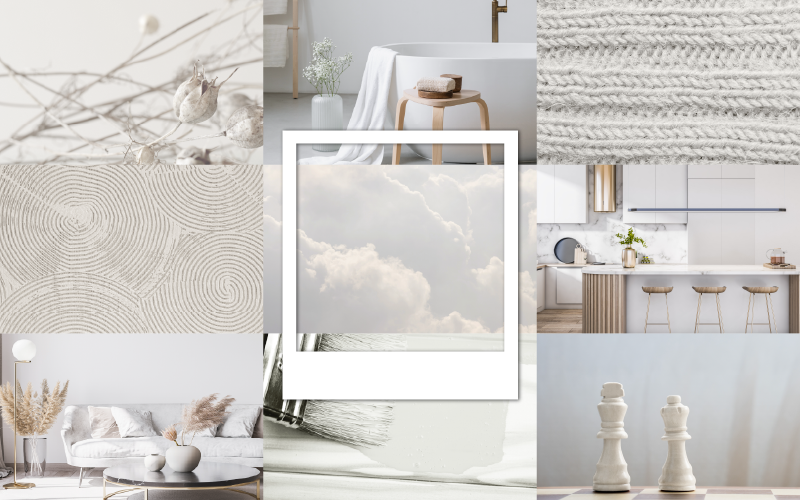Creative
Digital Platforms
Digital designers strive to create work that attracts and retains users. And users love work that’s both functional and beautiful.
Function and beauty spring from two separate disciplines, user experience and user interface. It’s easy to do one or the other well; the real challenge lies in marrying these two disciplines. Sometimes, designers have to be willing to make small compromises in each to find that perfect balance.
Trends occur within both user experience and user interface – and they usually have a much shorter life cycle than trends within traditional design and advertising. I think this is a result of two main factors:
- The immediacy of the Web allows digital designers to experiment more and easily test new ideas.
- The digital design community as a whole is still relatively small. Ask any good digital designer to name some firms or designers they admire, and you generally get similar answers. Digital designers tend to stay on top of trends and are quick to adopt new ideas as well as dictate visual design taste.
Staying up to date on digital design trends can be a frustrating pursuit for agencies and their clients. A large platform design project can take months to complete, and if designers aren’t planning for the future, even the latest project launch can feel dated.
Agencies can stay ahead of the curve by recognizing there are three types of trends that influence our work:
- Technology and experience trends: New technologies and development approaches can sometimes dictate approaches to UX and visual design. We’ve all seen how responsive design has simplified and “flattened” visual design. The introduction of retina display is another great example, especially when it comes to asset production and planning. And we all know how the death of Flash has impacted visual design.
- Measurement and analytical trends: A/B testing and the rise of data tracking and visualization software such as Tableau have taken much of the guesswork out of digital advertising and design. We can now objectively determine what works and what doesn’t, and we can continuously test UX, design and content for effectiveness. Knowing what works well for a specific user base allows designers to tailor their approach for maximum effectiveness.
- Aesthetic trends: Taste is largely dictated by the design community as a whole – and it doesn’t change as quickly as you might think. If you were to compare a successful design in 2015 to something from 2013, you wouldn’t notice a massive difference. The technologies used would be different, and there may be some nuances between typography, button styles and other elements, but the fundamentals of good design would still apply. The print world has tons of examples of iconic design; just look at the work of Massimo Vignelli or Michael Beirut. On the flip side, digital design is still so new that interactive designers are, in many ways, charting their own course. With that said, we’re all starting to realize that good, simplistic design stands the test of time – regardless of the platform.
As designers, we should always focus on the main idea and do what’s best for the user’s overall experience. When we allow our work to be guided by those philosophies and the latest technological and visual trends, the results can be outstanding.


